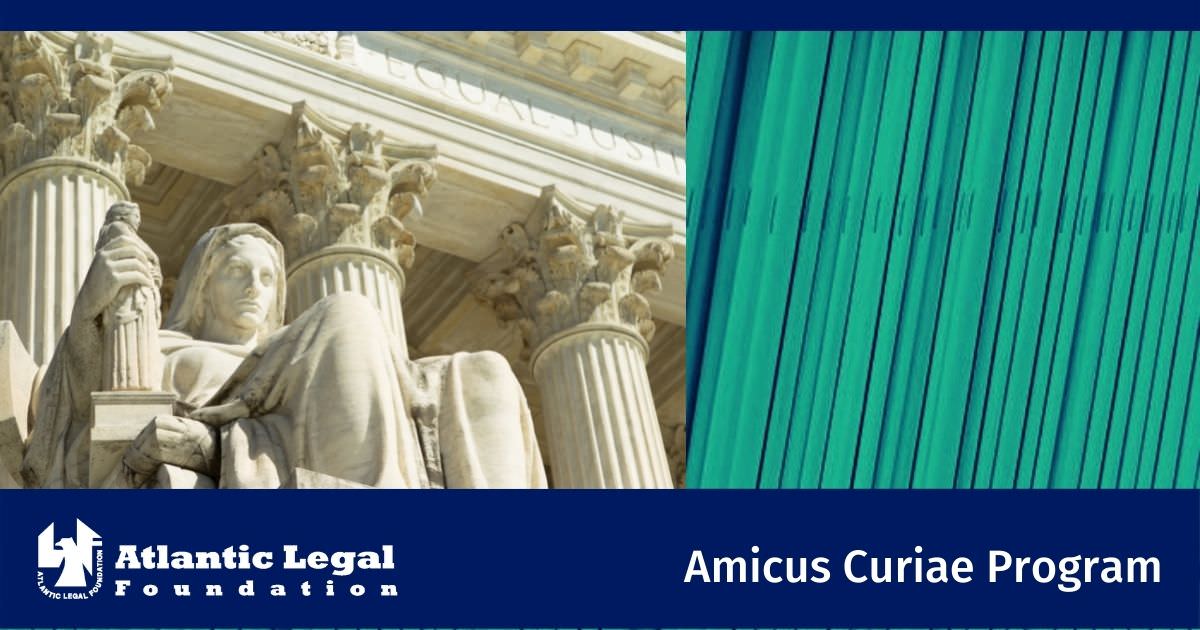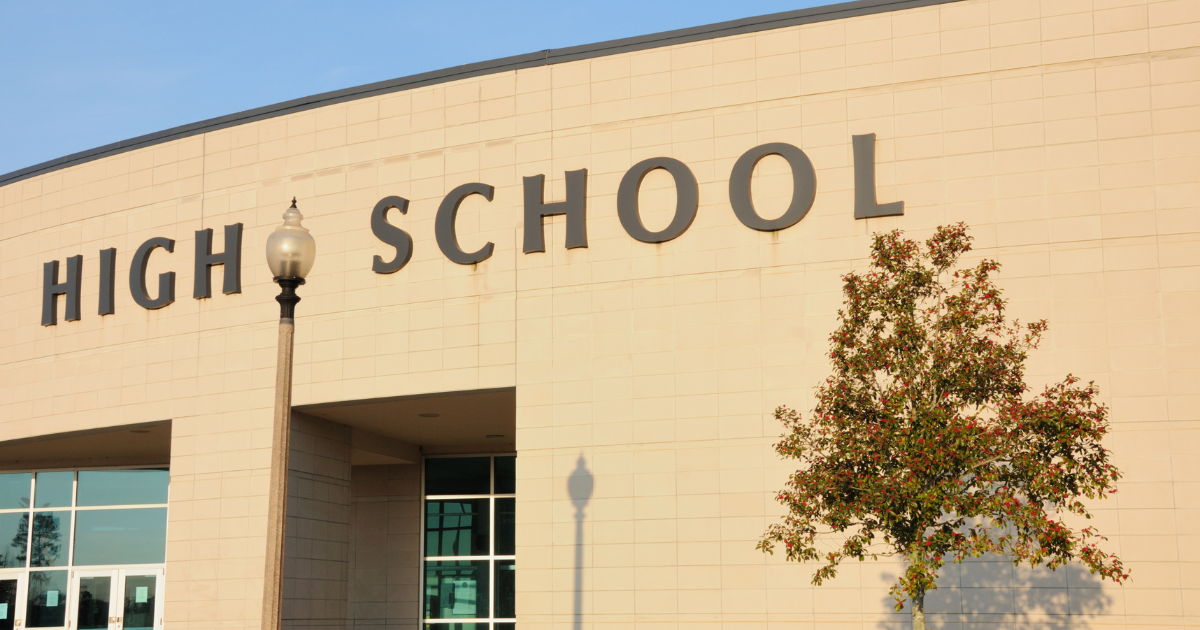Advocating for effective education is one of ALF’s key missions. For education to be effective, schools must be safe. This case note, authored by ALF Board member David M. Axelrad, discusses a recent California appellate decision concerning a school district’s legal responsibility to protect students from harm while on school property.
The California Court of Appeal recently decided a case illustrating the principle that “[s]chools have a ‘special relationship’ with their students; therefore, schools are required to ‘use reasonable measures to protect students from foreseeable injury at the hands of third parties acting negligently or intentionally.’” Achay v. Huntington Beach Union High Sch. Dist., No. G060053, 2022 WL 2339171, at *1 (Cal. Ct. App. June 28, 2022) (citation omitted).
The facts are disturbing. When her on-campus sports practice ended early one day, the plaintiff, a tenth-grade student, left campus and walked to Starbucks. Id. When plaintiff returned to campus forty-five minutes later to retrieve her books before going home, a former student who was on campus stabbed plaintiff, causing serious injury. Id. at *2. Plaintiff sued the school district, alleging that the district breached its duty to provide proper security on campus. Id. The trial court granted the district’s summary judgment motion. Id. at *3.
Plaintiff appealed and the court of appeal reversed. The court first recited the standard applicable to summary judgments. “The moving party bears the initial burden to make a prima facie showing that no triable issue of material fact exists. If this burden is met, the party opposing the motion bears the burden of showing the existence of disputed facts. . . . We review the trial court’s decision de novo.” Id. The court then applied these standards to the school district’s contentions that “it owed [plaintiff] no legal duty of care at the time of the stabbing; and . . . even if there was a duty, there was no evidence of a causal connection between the alleged breach (lack of security) and the stabbing.” Id.
The court held that the school district owed the student a duty of care because she was stabbed while on campus during “school-related or encouraged functions.” Id. at *4. That the student left campus and later returned had no effect on whether the school district owed her a duty because she was stabbed on school grounds during ongoing after-school sports activities. Id. at *5. Moreover, the fact that plaintiff’s sports practice was over at the time of the attack did not change the court’s analysis because “the girls’ locker room was normally open until 6:00 p.m. . . . [W]e find it somewhat predictable that track and field students such as [plaintiff] would still be on campus to be picked up at 6:00 p.m., which was about 30 minutes after her track practice normally ended.” Id. at *6.
As to whether the district’s breach of duty caused plaintiff’s injuries, the court found triable issues of fact, noting that:
(a) “The school’s policy allowed members of the public onto school grounds after 2:30 p.m., as if it were a public park . . . .” Id. at *7.
(b) “Campus supervisors were on duty only until 4:00 p.m., but school facilities . . . were left open until 6:00 p.m.” Id.
(c) “[S]upervisors [were] on campus only until 4:00 p.m., even though the public was allowed on campus beginning at 2:30 p.m., and many students involved in sports were still on campus, at least until about 6:00 p.m.” Id.
(d) “[Plaintiff] and her friends were fearful of [the assailant] prior to the stabbing. . . . [I]t is hard to imagine that they wouldn’t have searched out security personnel if they had been present on the campus.” Id.
(e) “[I]t is a reasonable inference that had campus supervisors been present they would have intervened or taken some precautionary measures to prevent the stabbing.” Id.
The Achay decision is a timely and important statement of the law concerning a school’s responsibility to its students. The decision shows the very fact-based review required to determine the existence and scope of a duty of care in the school context and the challenges faced addressing summary judgment on appeal in such cases.









